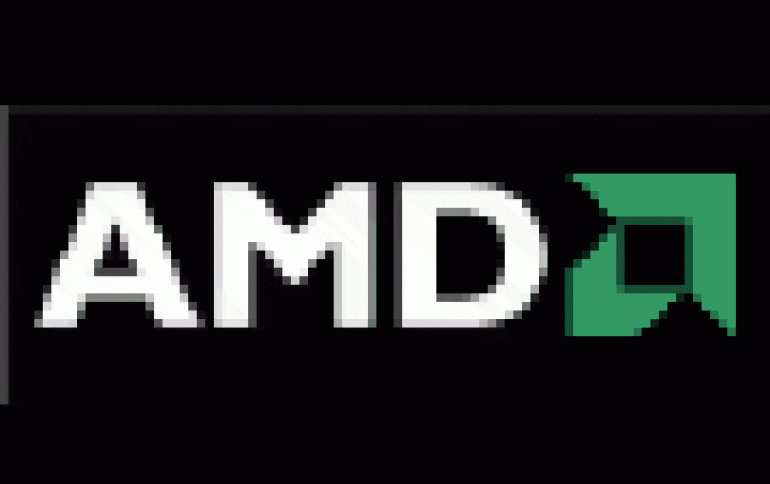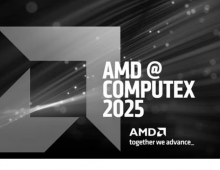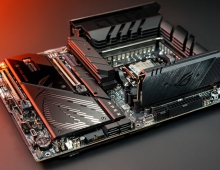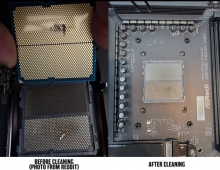
AMD sneaks strained silicon into chips
Advanced Micro Devices has begun to incorporate a form of strained silicon into its chips, a design twist that will let the company increase the performance of its processors.
The strained silicon is being incorporated into all of AMD's 90-nanometer chips, which the Sunnyvale, Calif.-based company has just started shipping to PC makers. The technology also will be added to 130-nanometer chips that will be released this quarter, an AMD representative said Thursday. (The nanometer dimensions refer to average feature size on the chips. A nanometer is a billionth of a meter.)
Strained silicon is a design technique in which silicon atoms are forcibly pulled apart from each other. With the atoms spaced out further from one other, electrons can move more rapidly, similar to how a hockey puck can zip faster across a rink than across a frozen lake. Faster electrons lead to better performance.
AMD's use of the technology in the chips was first reported by The Semiconductor Reporter.
Although AMD is not divulging many details about its strained silicon, the company's technology differs from the way IBM and Intel incorporate it, the AMD representative said. Both IBM and Intel embed a layer of silicon and larger germanium atoms into chips. This stretches the silicon atoms that sit above that layer.
IBM and Intel's methods actually differ from each other as well. Intel said its version of strained silicon can improve drive current by 10 percent to 25 percent, depending on the transistor.
AMD is more localized, Thomas Sonderman, the company's director of automated precision manufacturing technology, told The Semiconductor Reporter. The AMD representative would not comment on Sonderman's remark, but other AMD executives and researchers have described localized straining as a process in which only certain parts of a chip are affected. It is unclear whether AMD's technology will provide the same level of performance improvement.
AMD researchers earlier worked with AmberWave to incorporate strained silicon into its chips, but the alliance waned.
Silicon can be strained as a byproduct of other design changes, but the AMD representative said the company intentionally incorporated new layers in chips to achieve straining.
AMD, Intel and IBM are all working on another major design change for chips: swapping the silicon in the transistor gate--the on-off switch that controls the flow of electrons inside the transistor--for metal. Processors with metal gate transistors are expected to arrive with the 45-nanometer manufacturing process, which comes out in 2007, or slightly earlier.
From News.com




















